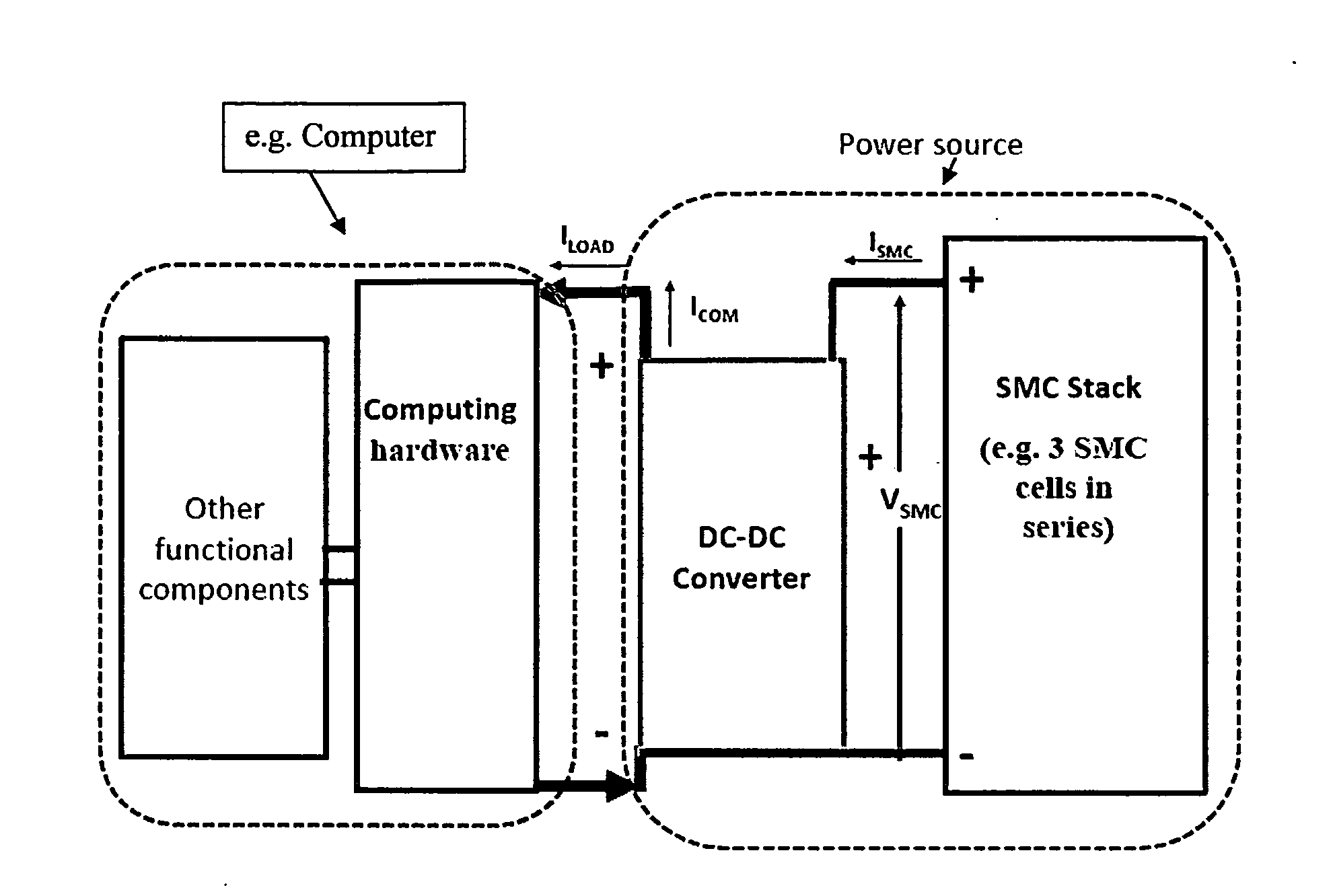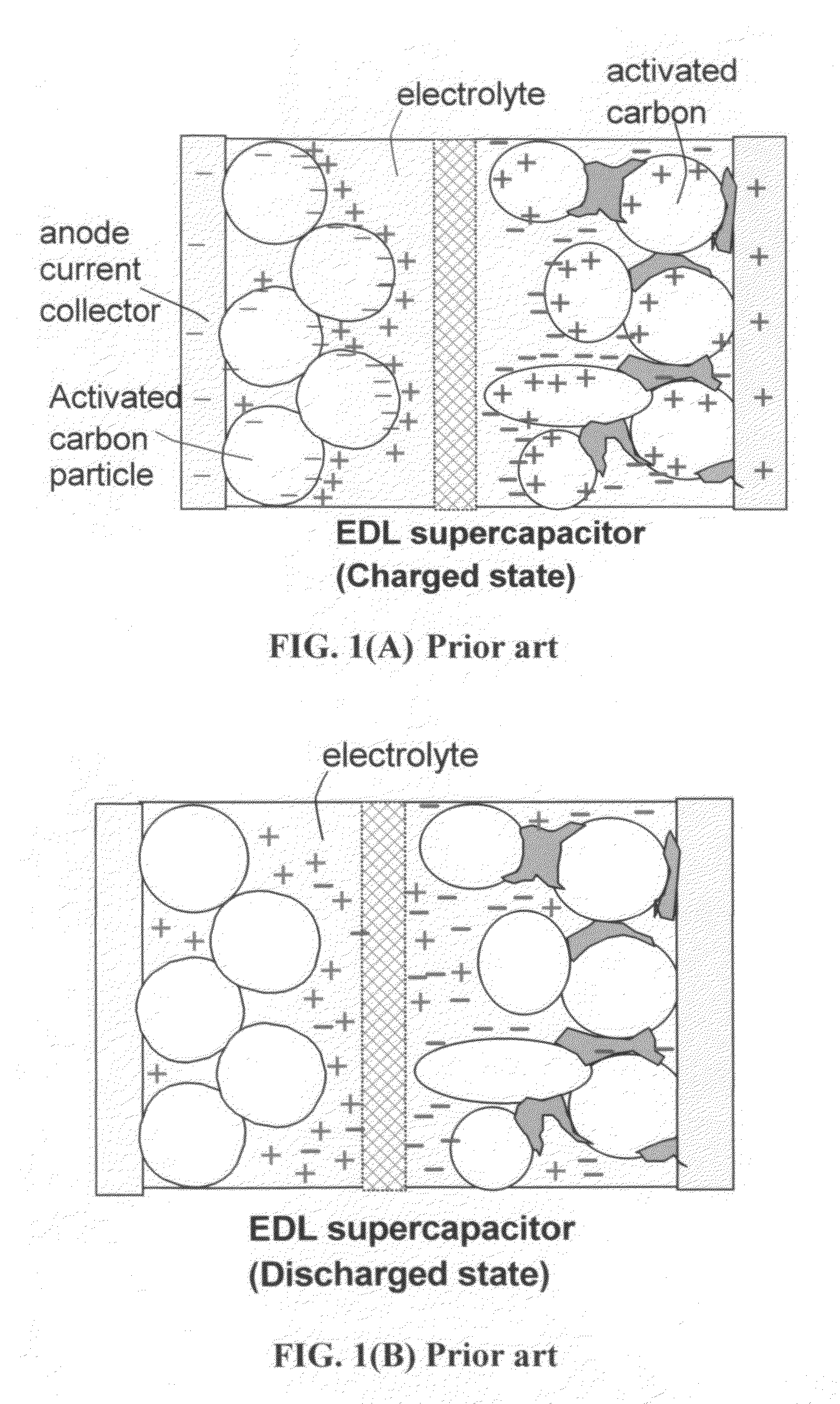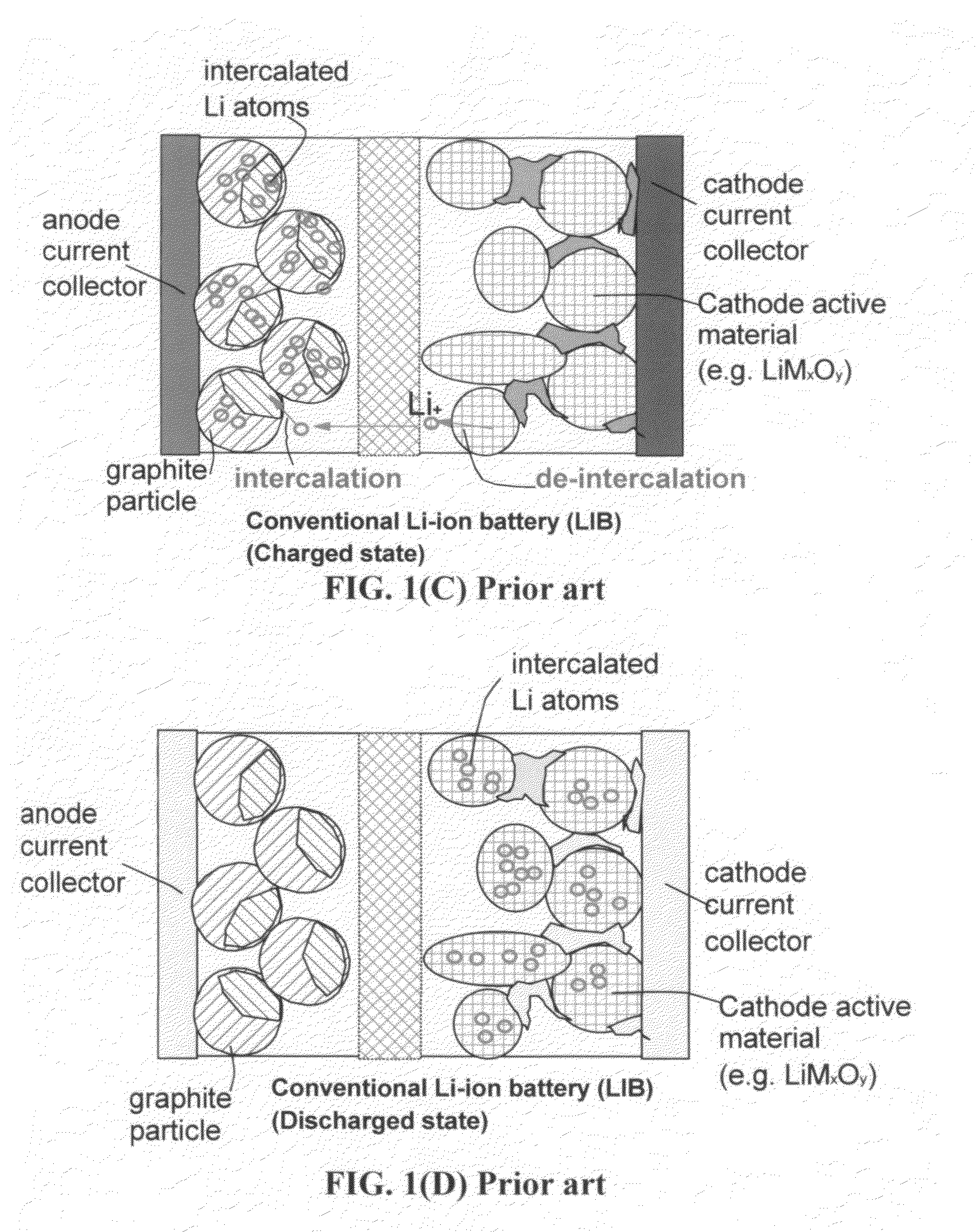Surface-mediated cell-powered portable computing devices and methods of operating same
a technology of surface-mediated cell and computing device, which is applied in emergency power supply arrangements, liquid/fluent solid measurement, instruments, etc., can solve the problems of huge voltage ripple of battery pack, unsatisfactory for most batteries, and fluctuation of load current drawn by computing devices, etc., and achieves high power density, fast discharging of smc stack, and high power density
- Summary
- Abstract
- Description
- Claims
- Application Information
AI Technical Summary
Benefits of technology
Problems solved by technology
Method used
Image
Examples
Embodiment Construction
[0099]The instant invention provides a portable device (portable computing device) that is powered by a SMC-based power source. As one example to illustrate one preferred embodiment of the present invention, FIG. 6 schematically shows a notebook computer powered by a SMC-based power source. The computer has a computing hardware sub-system and other functional components. The SMC-based power source electrically communicates either directly with the computing hardware or, preferably, indirectly with the computing hardware through a controller, which can include a DC-DC converter, a boost converter, or buck-boost converter. The computing device is selected from a laptop computer, a tablet, an electronic book (e-book), a smart phone, a mobile phone, a digital camera, a hand-held calculator or computer, or a personal digital assistant.
[0100]Schematically shown in FIG. 3 is a prior art combined battery-supercapacitor power source for use in a microelectronic device. The lithium-ion batter...
PUM
 Login to View More
Login to View More Abstract
Description
Claims
Application Information
 Login to View More
Login to View More - Generate Ideas
- Intellectual Property
- Life Sciences
- Materials
- Tech Scout
- Unparalleled Data Quality
- Higher Quality Content
- 60% Fewer Hallucinations
Browse by: Latest US Patents, China's latest patents, Technical Efficacy Thesaurus, Application Domain, Technology Topic, Popular Technical Reports.
© 2025 PatSnap. All rights reserved.Legal|Privacy policy|Modern Slavery Act Transparency Statement|Sitemap|About US| Contact US: help@patsnap.com



